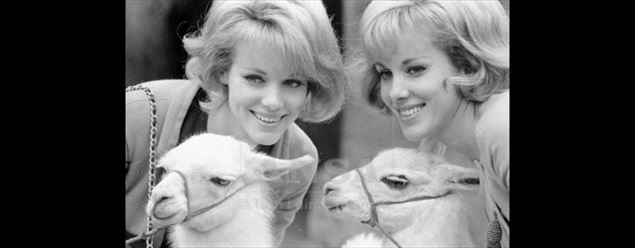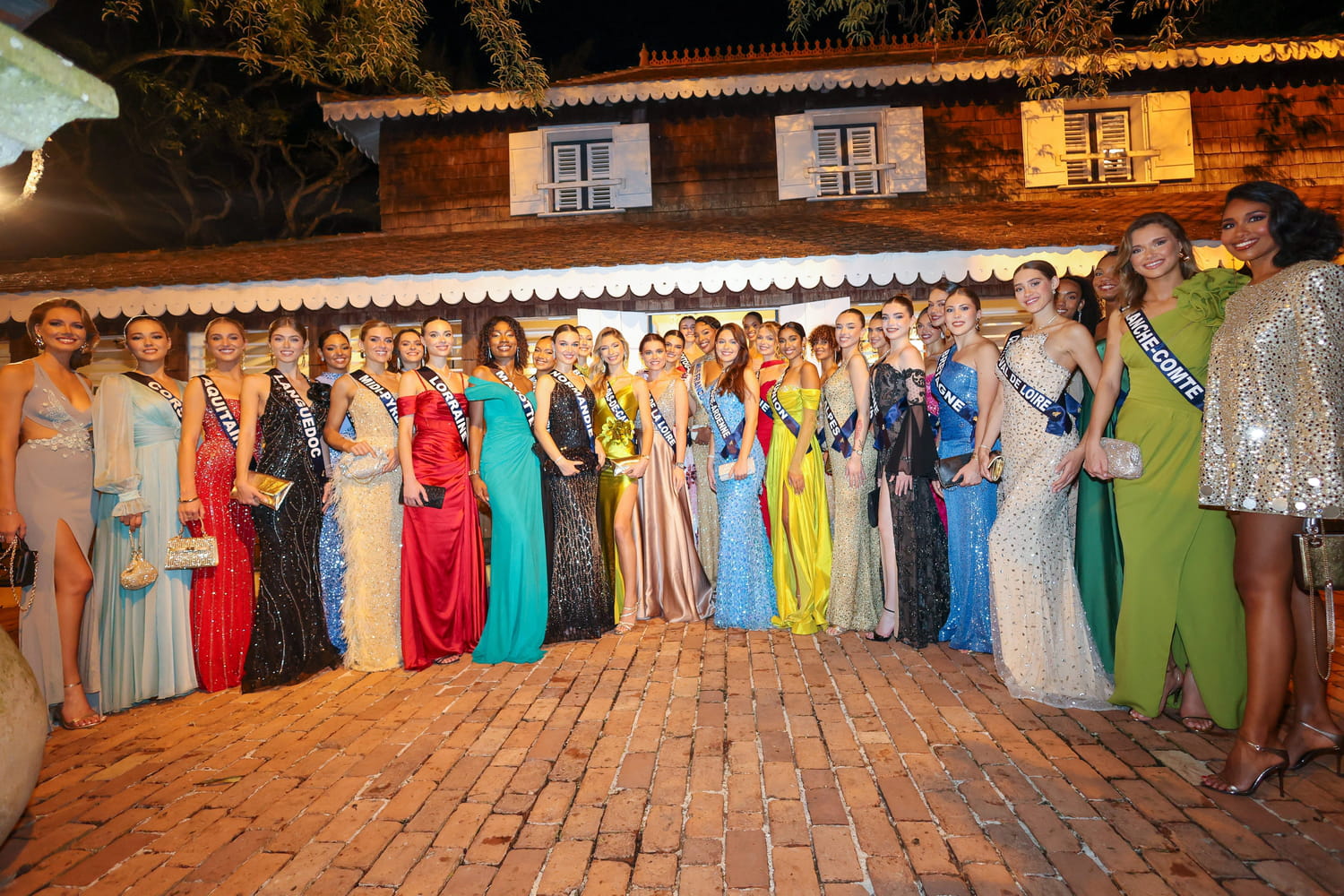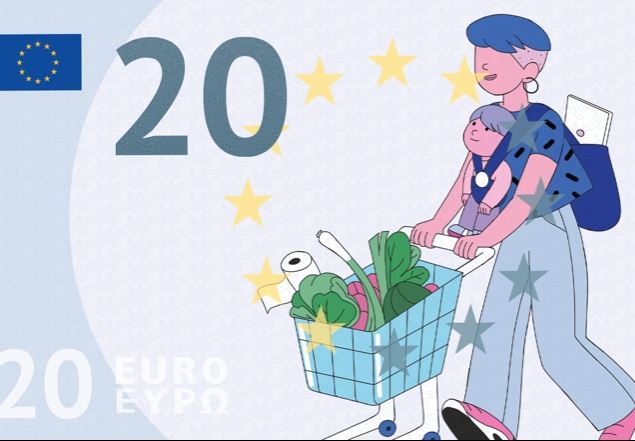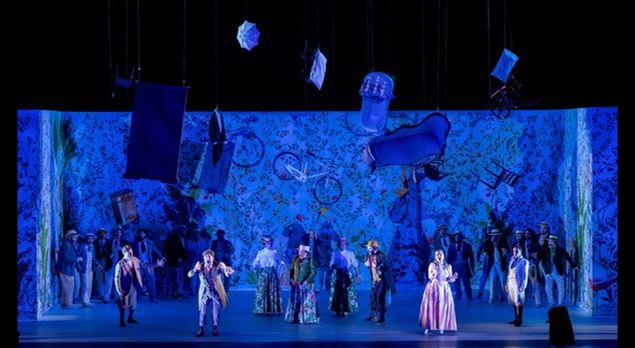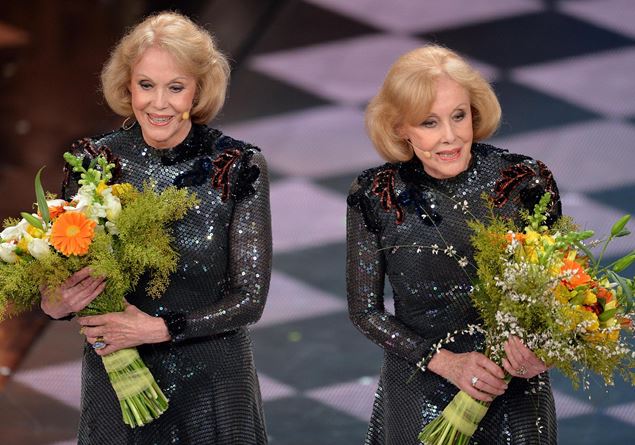The synchronous death of the Kessler Twins – which they wished to be contemporary – raises many debates today which have to do with important issues of life in general, but not only. Their death and how they made it happen raises many questions: those on life, on its value, on assisted suicide, on the possibility of being able to decide when to turn off the switch of one’s existence in a self-determined way. These are challenges that are present today in our lives as living beings of the third millennium and which have to do with ethics, morality, philosophy and bioethics.
But in the case of the two famous showgirls there is another aspect that is very striking: the fact that these two women lived their two lives, making them become a single life. The Kessler twins have always done everything together. In the work, their strength came not only from their undoubted skills and abilities on stage, but also from the fact that those skills were performed by two virtually identical and indistinguishable women. In life and work, when they were interviewed they were always together. It is difficult for a layman to know who Alice was and who Ellen was, because the fact of being “the Kesslers” gave them an identity generated in being a couple, in being two.
Knowing how to identify yourself as unique to yourself, when you are born into a pair of identical twins, represents quite a challenge. It is an educational challenge for parents who must decide how to allow those two identical children to develop their own personal uniqueness and diversity. When you have to dress them, when you have to enroll them in school, when you have to organize their birthday party, the simplest thing is always to multiply everything by two. Instead, each of us would need to receive a “tailor made” education. But it’s not easy, with identical twins. Because they themselves often tend to become one. They have two brains that often work in unison and when they are small, there are twins who develop their own personal language, incomprehensible to those who do not belong to their pair.
In short, for two identical twins, the risk of symbiotic fusion, of choosing the other brother as a part of oneself with which to remain not simply in contact and in relationship, but to which one remains firmly attached – like a stamp to one’s envelope – is truly a possibility with which to face life and the challenges it brings with it. Including the most terrible and feared: death. And the story of Alice and Ellen, with their decision to finish their earthly journey together, seems to be confirmation of this.

